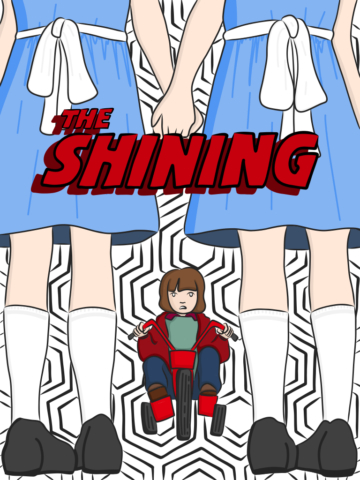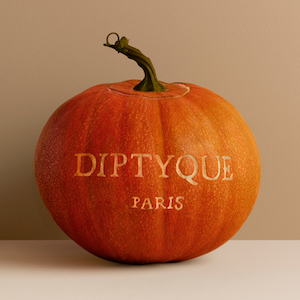70s: Blast from the Cinematic Past
By Shannon Brien
In the past years we have seen a cinematic return to the 70s, except with picture perfect quality, amazing sound and incredible special effects.
So I guess it’s not out with the old after all, but in with the refurbished.
Dawn of the Dead (1978) was filmed on a modest budget, $650,000 USD and earned $55 million worldwide at the box office. It’s set in an American suburban shopping mall where an outbreak of a mysterious virus has caused a reanimation of the dead who prey on human flesh. As the Zombie population closes in, four survivors have locked themselves inside a mall.
The 2004 remake failed to capture the “mordant humour of the” George A. Romero original, former Chicago Times film critic Roger Ebert believes, maintaining that the plot flat lines. However, Rotten Tomatoes reports that 75% of surveyed critics thought the remake paid homage to the original.
Cult horror classics are almost synonymous with the 70s, where the haunting image of the young girl crawling backwards down a staircase has some claiming the Exorcist to be the scariest movie of all time. And thanks to Jaws we now have a musical build up to any shark attack.
The 2013 remake of the 1976 Stephen King novel Carrie delivers the same haunting storyline with the added problems of 21st century technology. Another major difference from the double academy award nominated original is that the mother, Margaret White played by Julianne Moore, has more involvement.
Ok, maybe its not a total 70s remake, but this iconic 70s slasher has spawned nine sequels since its premier in 1978. The Halloween series has collectively earned $366 million at the box office world wide making it the fourth highest grossing horror franchise. The first two films maintain the original storyline with following sequels losing the plot.
In keeping with successful franchises of that decade, originating in 1979 Mad Max is once again dominating the box office. Until The Blair Witch Project (1999), the film had the highest profit-to-cost ratio of any motion picture. Set in a dystopian Australian waste land, the film was initially inspired by the effects the 1973 Oil Crisis had on Australian motorists.
“George (Miller) and I wrote the script based on the thesis that people would do almost anything to keep vehicles moving and the assumption that nations would not consider the huge costs of providing infrastructure for alternative energy until it was too late” said James McCausland in The Courier-Mail (2006).
The fourth instalment of the popular franchise builds upon this story in a desert wasteland where commodities are scarce and the population is in a state of total moral decline. The primary theme is survival; what people will do to survive and the cost of surviving in a post-apocalyptic world. The film has received an enormous amount of praise and success at the box office.
The groovy 70s have been a source of catwalk inspiration but its effects on the arts haven’t been appreciated. Until now. This decade is responsible for all the major characteristics of the horror genre; the un-killable villain, the sole soul survivor with their witty one liners and a lot of zombie films. Its pretty amazing that over 30 years later we are recreating the magic of the 70s cinema.












